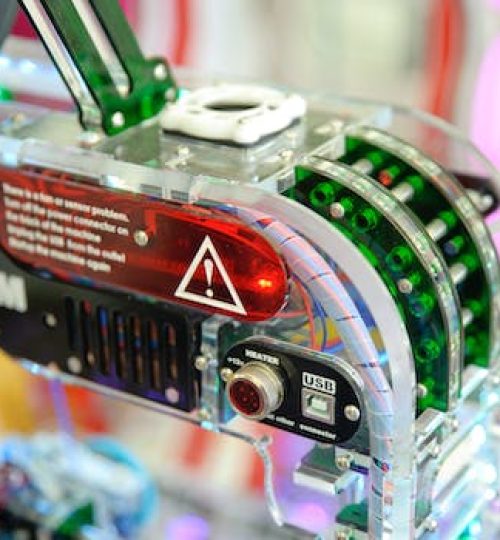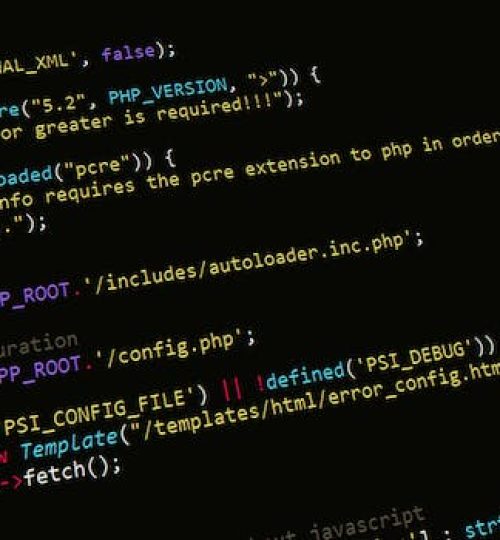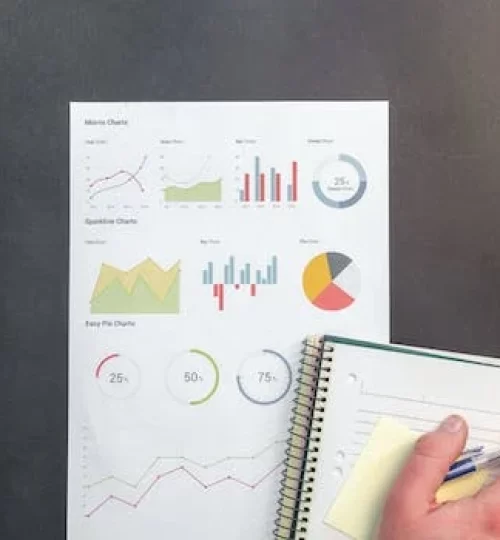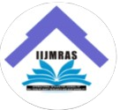For Authors
Authors are encouraged to carefully read and adhere to the following
guidelines before submitting their manuscripts:
- Manuscripts should be prepared in accordance with the journal's style guide.
- Submissions must include an abstract, keywords, and a clear statement of the interdisciplinary significance of the research.
- Figures, tables, and other multimedia elements should be appropriately integrated into the manuscript.
- Manuscripts that do not conform to these guidelines may be returned to the authors for corrections before undergoing the review process.
Author Instructions/Guidelines
Review / Publication Process
I’d be happy to provide you with an overview of the typical review and publication process for an international journal like “International Journal of New Frontiers in Multidisciplinary Research.” While specific processes can vary between journals, this should give you a general idea of what to expect.
1. Submission: Authors submit their research papers or articles to the journal’s editorial office. The submission usually includes a cover letter, the manuscript, figures, tables, and any supplementary materials. Authors should adhere to the journal’s formatting and style guidelines.
2. Initial Screening: The editorial team conducts an initial screening to ensure that the submission meets basic criteria such as relevance to the journal’s scope, adherence to formatting guidelines, ethical considerations, and originality. Submissions that don’t meet these criteria might be desk-rejected at this stage.
3. Peer Review: Manuscripts that pass the initial screening undergo a peer-review process. The journal’s editor assigns the submission to one or more experts in the relevant field (peer reviewers) who evaluate the quality, validity, and significance of the research. Peer reviewers provide constructive feedback to the authors and recommend whether the paper should be accepted, revised, or rejected.
4. Author Revisions: If revisions are requested, authors make necessary changes to the manuscript based on the feedback provided by the peer reviewers. Revisions might involve addressing methodological concerns, clarifying sections, improving writing, or providing additional data.
5. Second Review (if necessary): In some cases, revised manuscripts are sent back to the original peer reviewers for a second review to ensure that the suggested changes have been adequately addressed.
6. Acceptance Decision: Once the peer reviewers and the editor are satisfied with the quality and content of the manuscript, a decision is made regarding its acceptance. The decision can be acceptance as-is, acceptance with minor revisions, acceptance with major revisions, or rejection.
7. Proofreading and Copyediting: Accepted manuscripts go through proofreading and copyediting stages where language, grammar, and formatting issues are corrected. Authors may be involved in this process to ensure accuracy.
8. Pre-publication Preparation: The final version of the manuscript is prepared for publication, including typesetting, layout design, and inclusion of figures and tables. At this stage, authors may review the final version to catch any remaining errors.
9. Publication: The accepted and properly formatted manuscript is published in the “International Journal of New Frontiers in Multidisciplinary Research.” Depending on the journal, it could be published online, in print, or both.
10. Post-publication Promotion: After publication, the journal may promote the published paper through various channels, such as social media, newsletters, and academic databases, to ensure maximum visibility and impact.







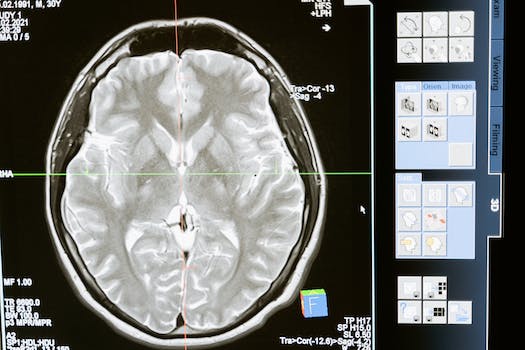


Article Template
Title: [Title of Your Article]
Authors:
[Author Name]
[Author Affiliation]
[Author Email]
[Co-Author Name]
[Co-Author Affiliation]
[Co-Author Email]
Abstract:
[Your abstract should be a concise summary of your article, highlighting the purpose, methods, results, and conclusion.]
Keywords: [List 3-5 keywords relevant to your article]
1. Introduction[Provide an introduction to your research topic, outlining the background, motivation, and objectives of your study.]
2. Literature Review[Discuss relevant prior research and literature that informed your study.]
3. Methodology[Detail the methods, tools, and techniques you used to conduct your research.]
4. Results[Present your research findings in a clear and organized manner, using tables, figures, and charts as necessary.]
5. Discussion[Interpret your results and discuss their implications. Compare your findings with existing literature.]
6. Conclusion[Summarize the main points of your study and discuss its broader implications.]
7. Acknowledgments (if applicable)[Thank any individuals, organizations, or funding sources that contributed to your research.]
8. References[List all the sources you cited in your article using a consistent citation style (e.g., APA, MLA, Chicago).]
Appendices (if applicable)
[Include any supplementary material such as additional data, code snippets, or extended explanations.]
Contact Information:
[Provide corresponding author’s name, affiliation, and email address for correspondence.]
Author Contributions:
[Detail the contributions of each author to the research.]
Conflict of Interest:
[Declare any potential conflicts of interest among the authors.]
Funding:
[Indicate sources of funding that supported your research, if applicable.]
Note: Please adhere to the journal’s formatting and style guidelines while preparing your article.

